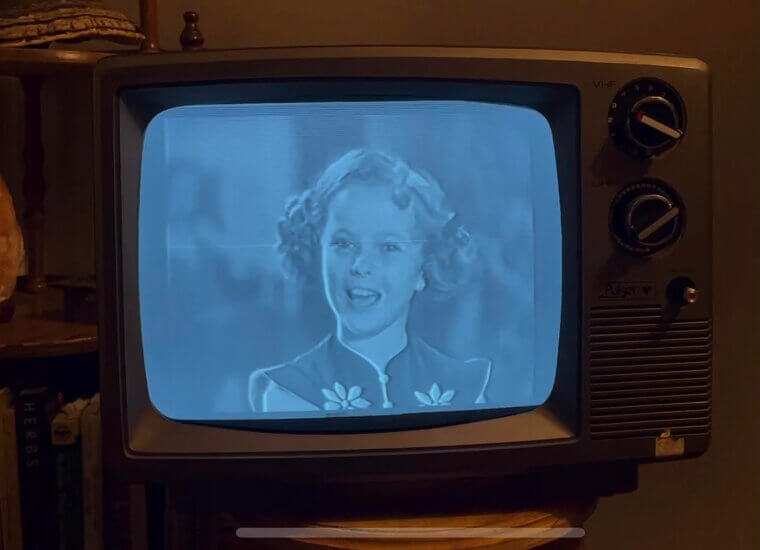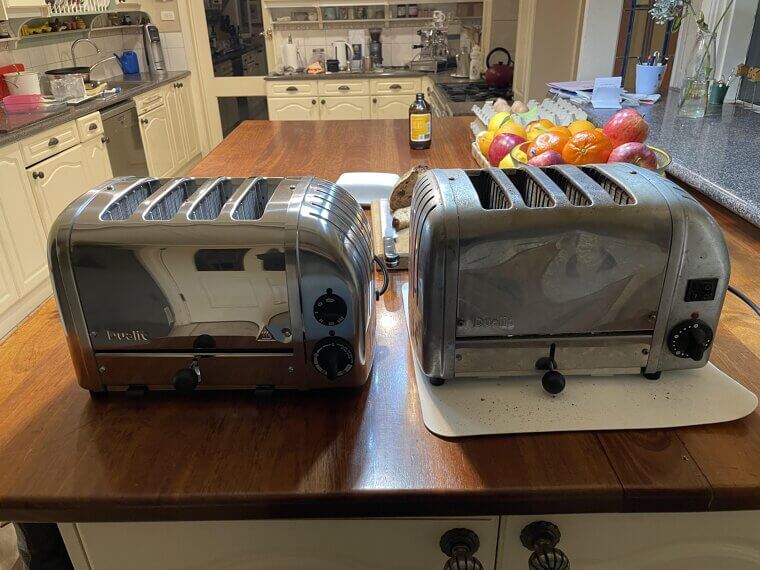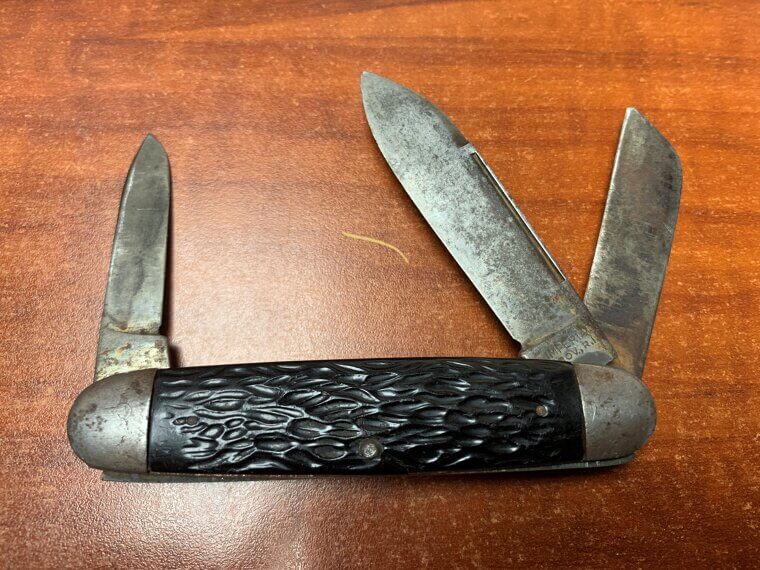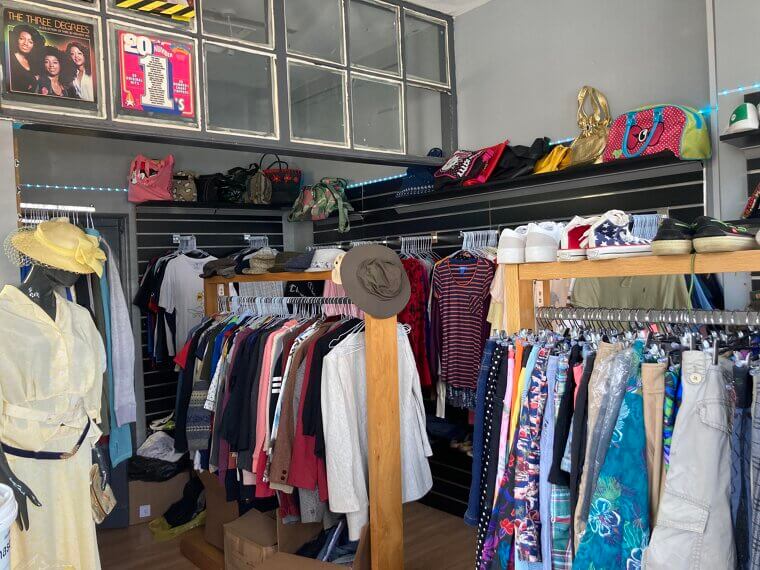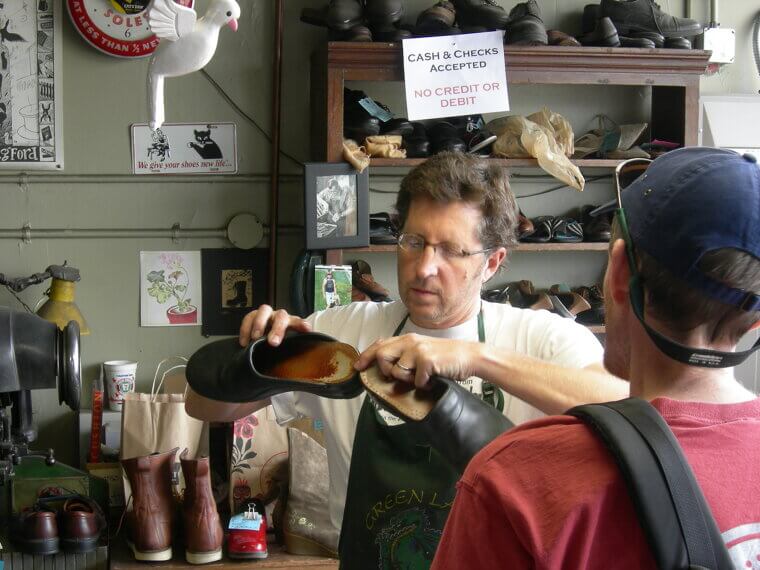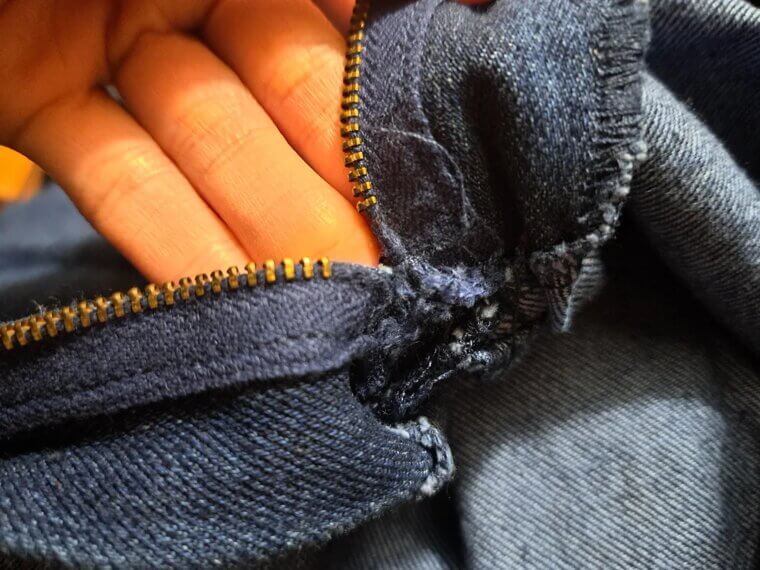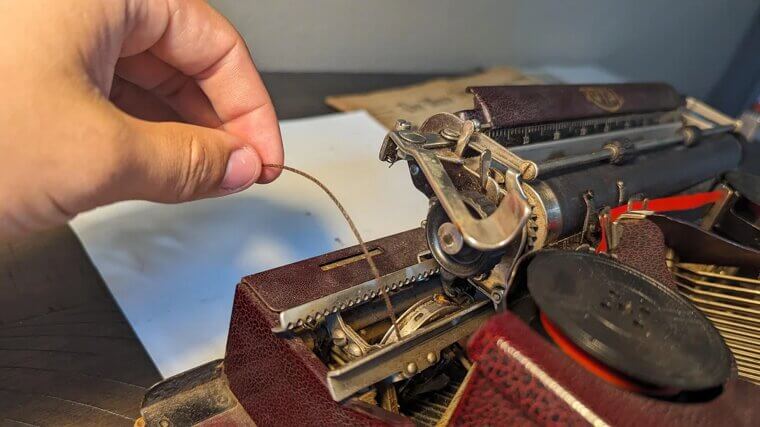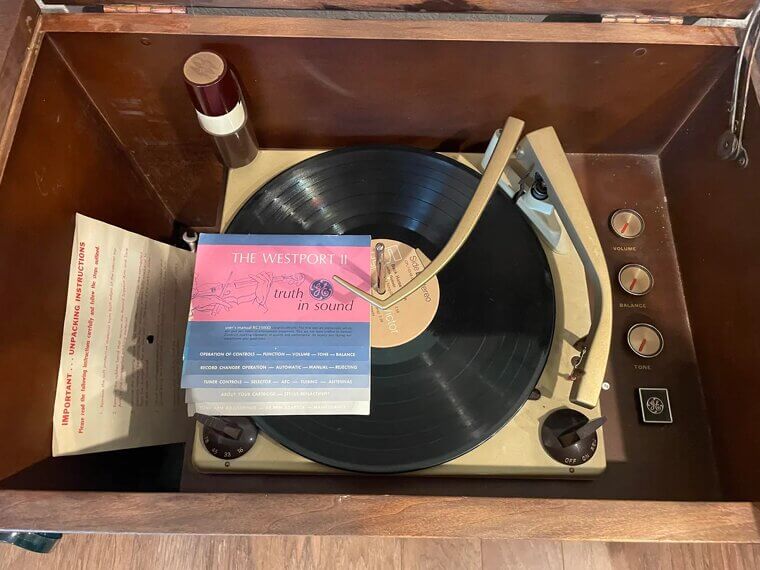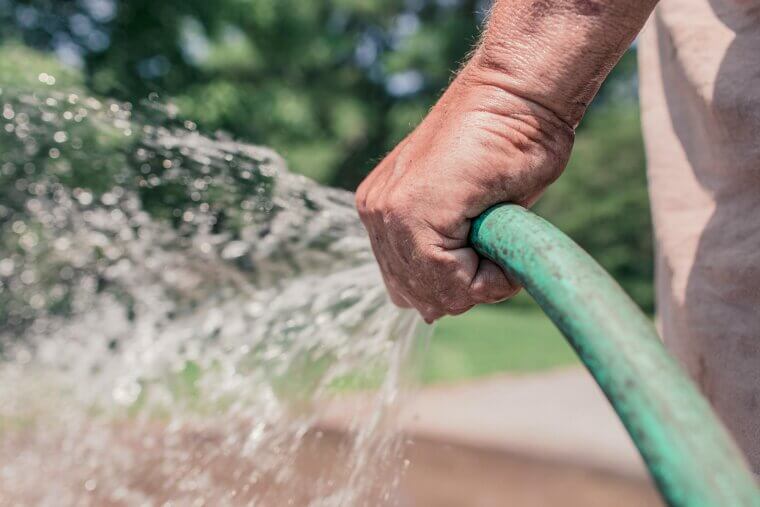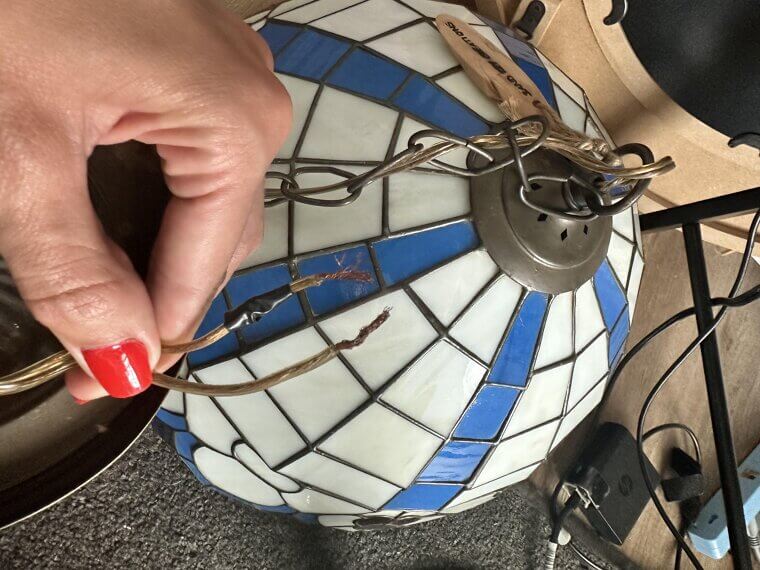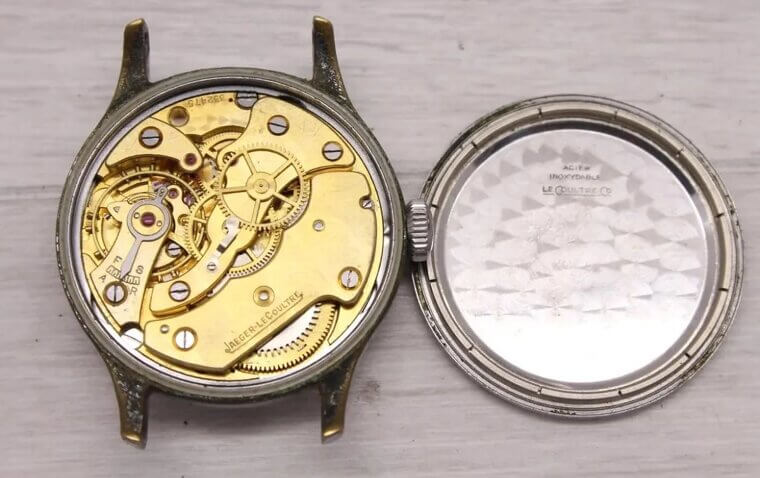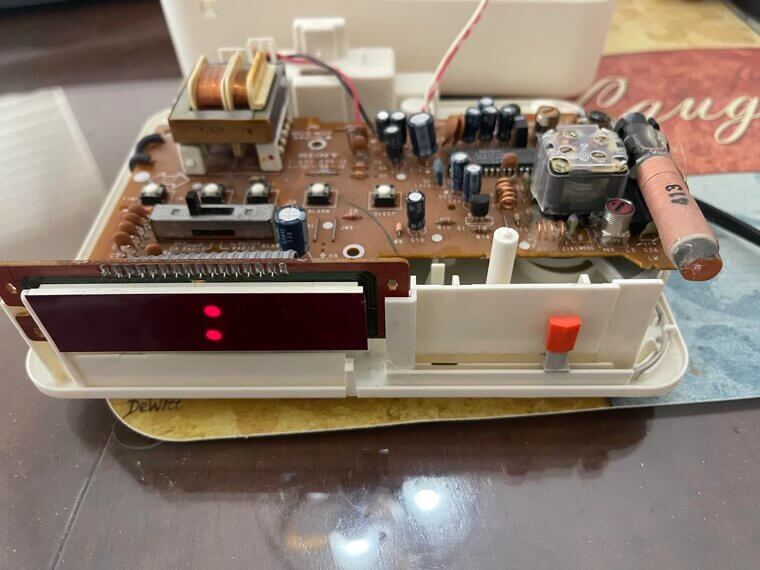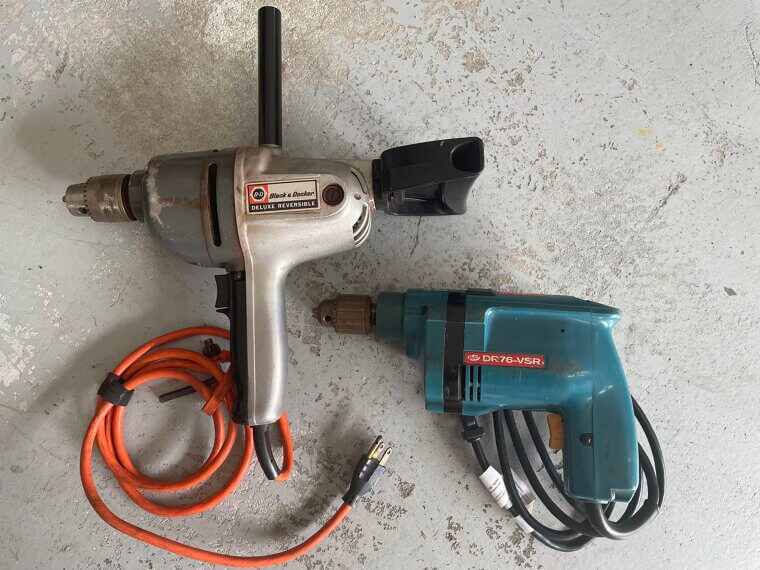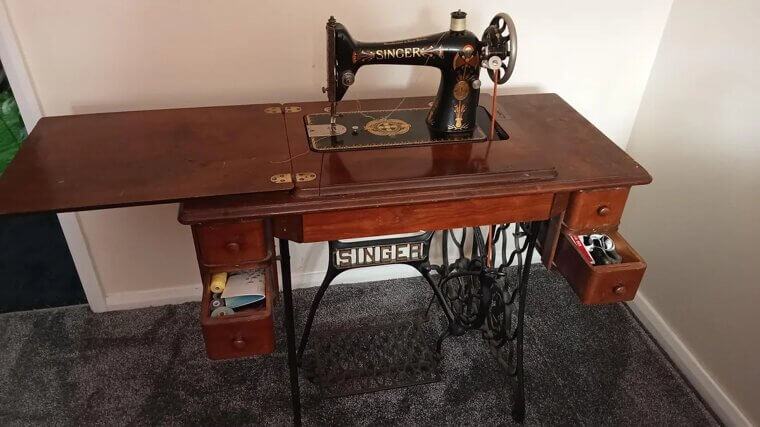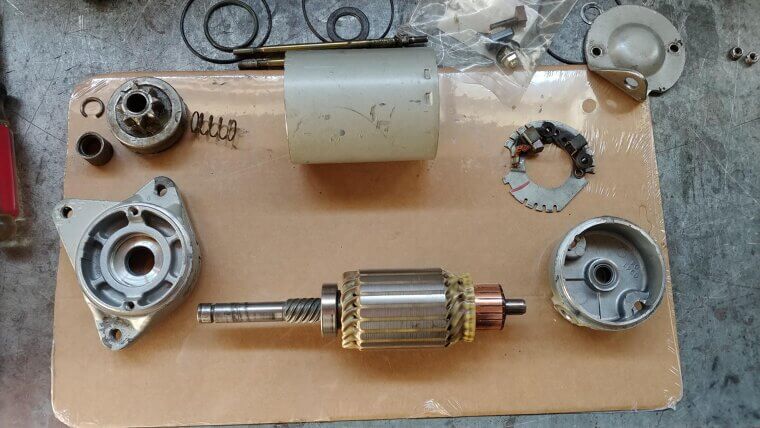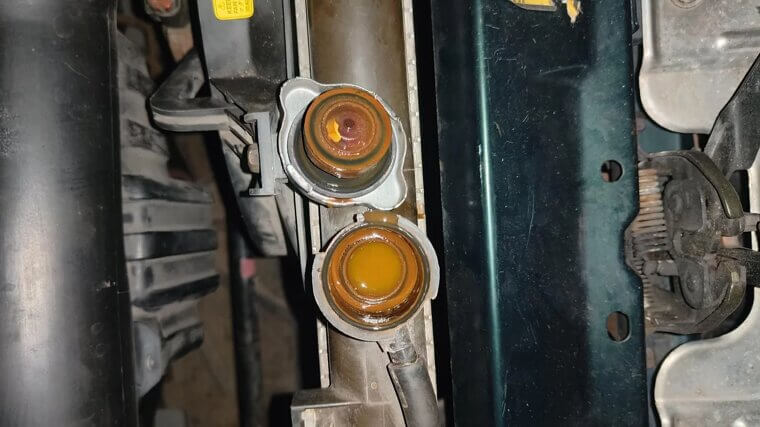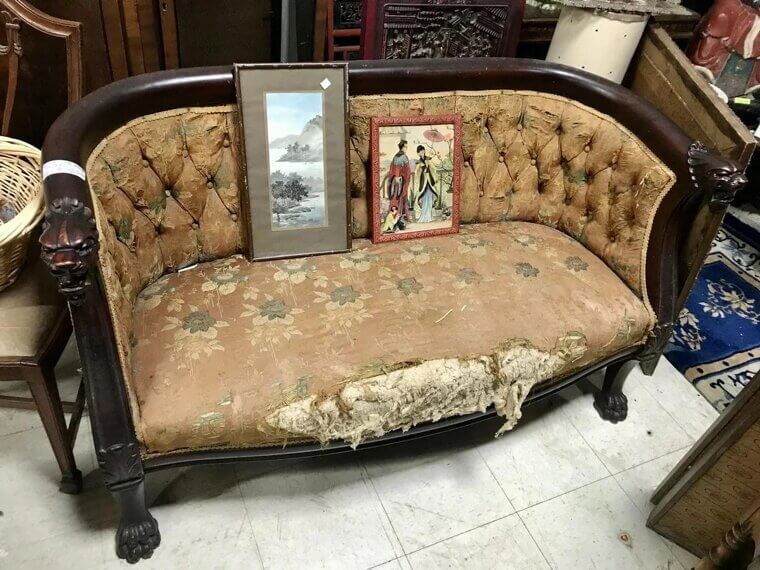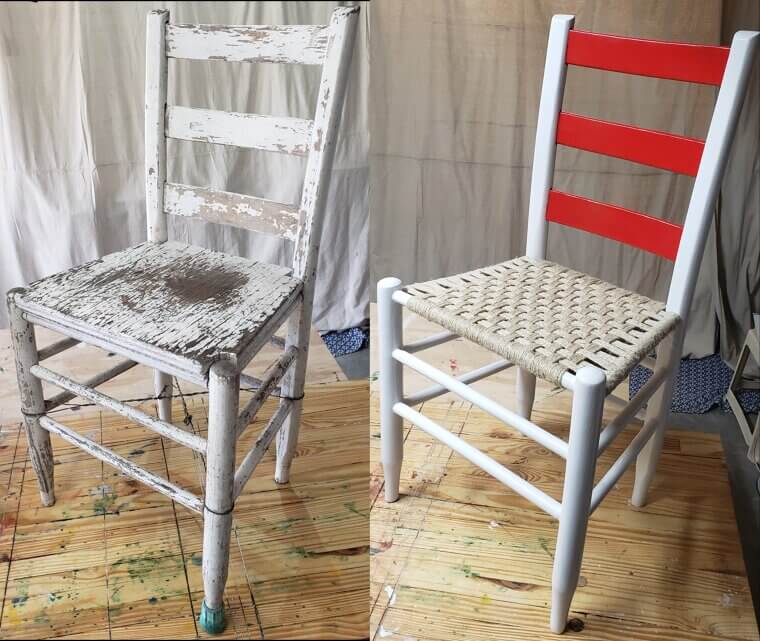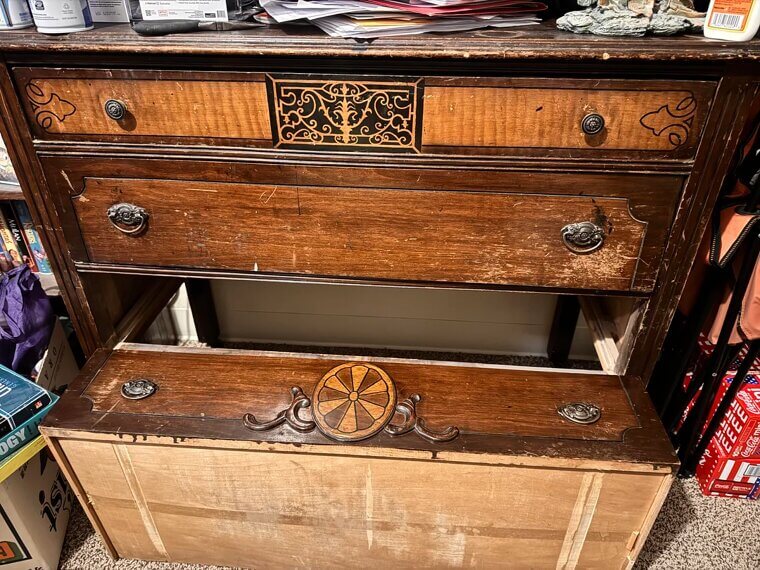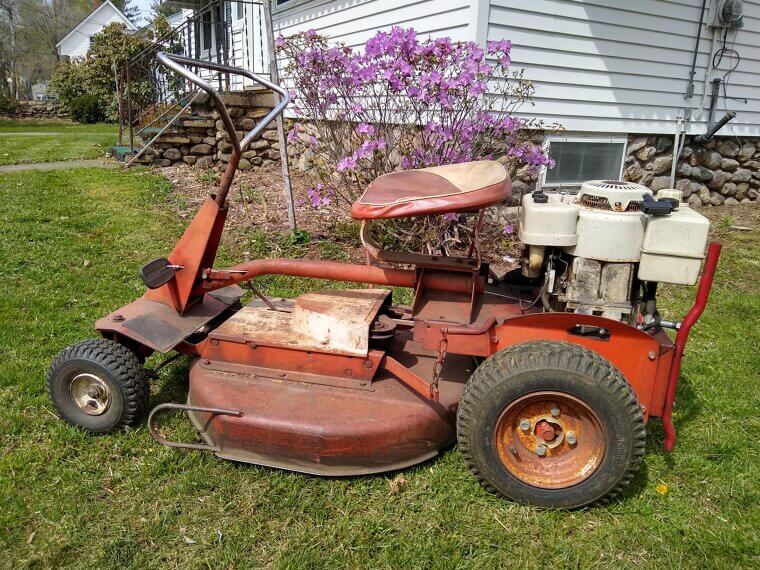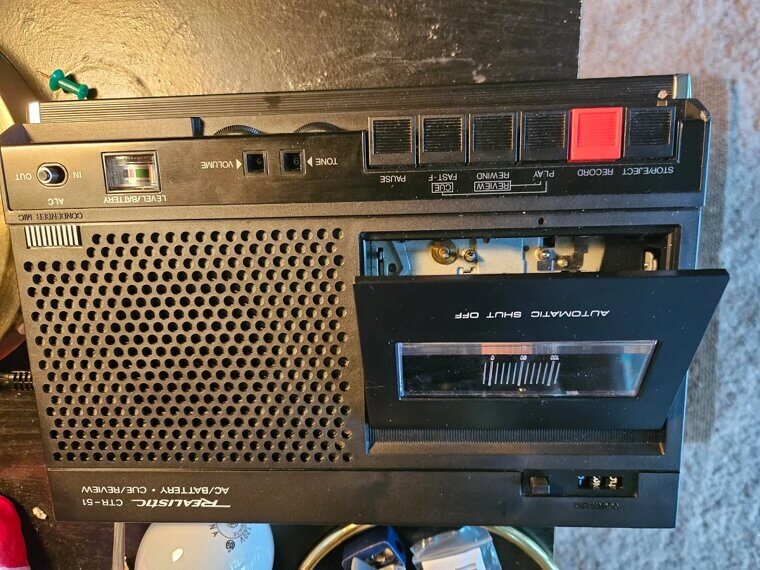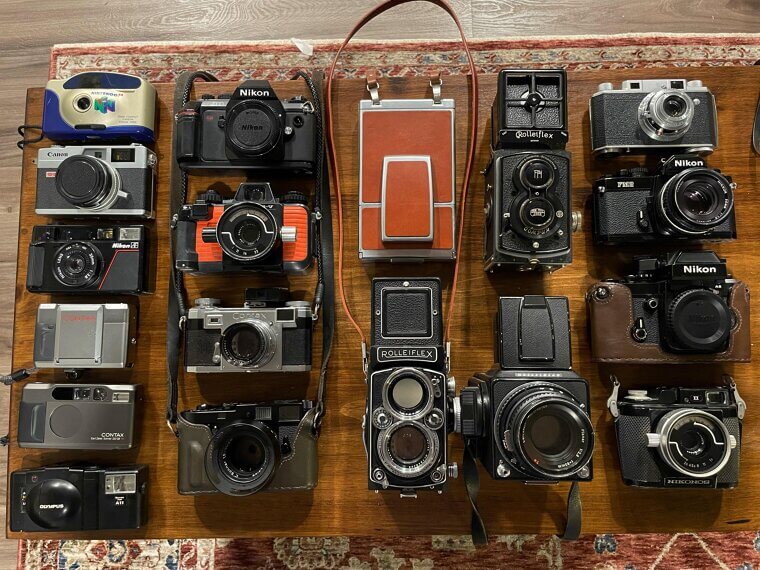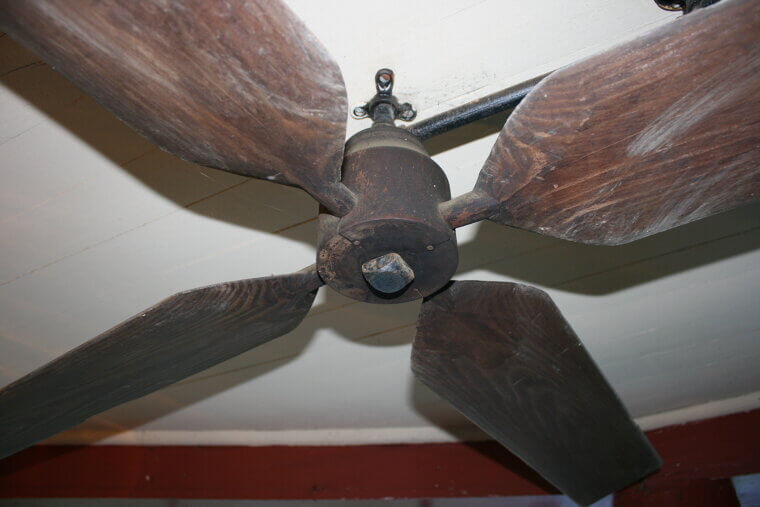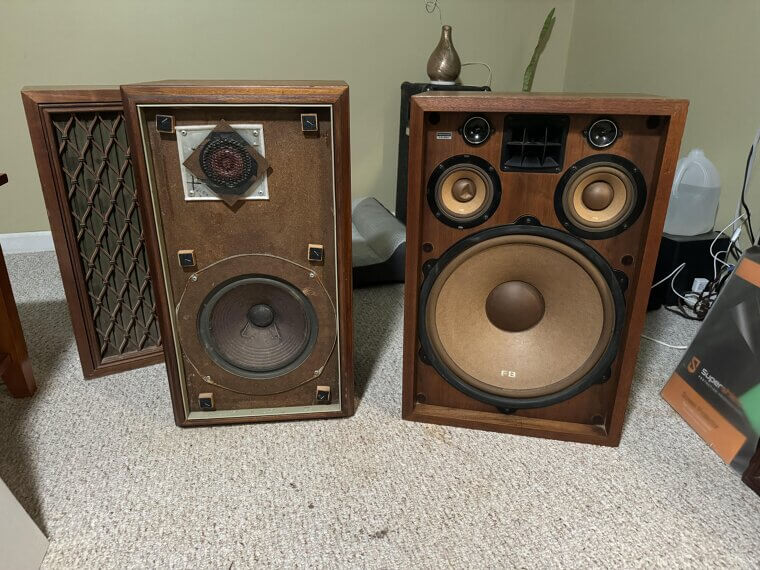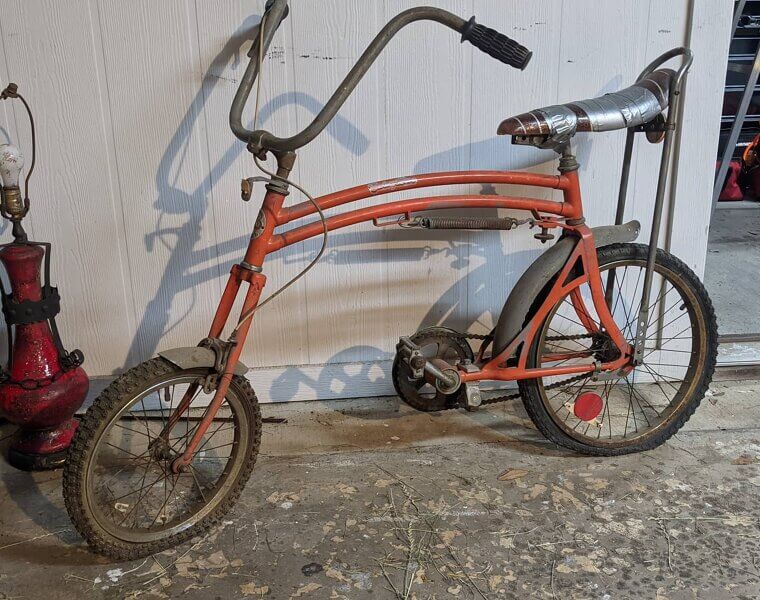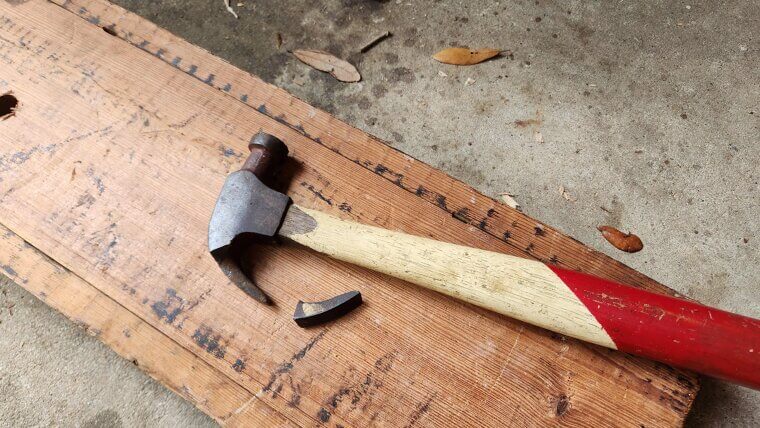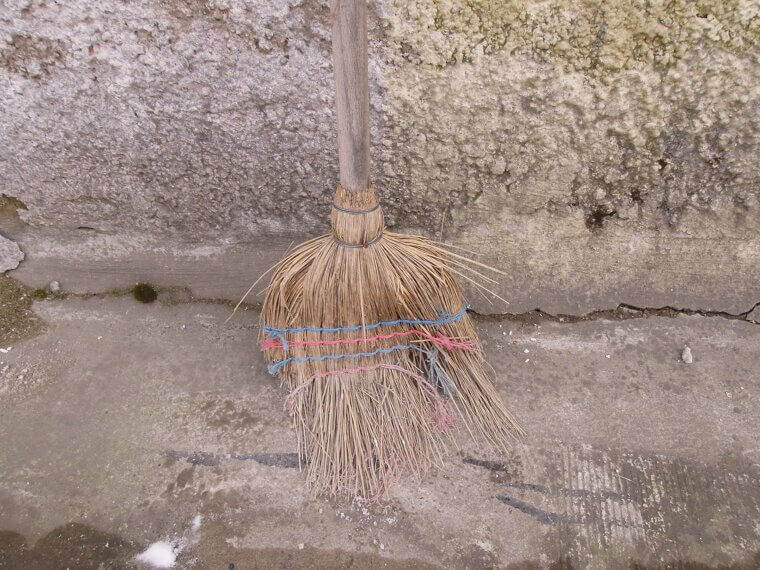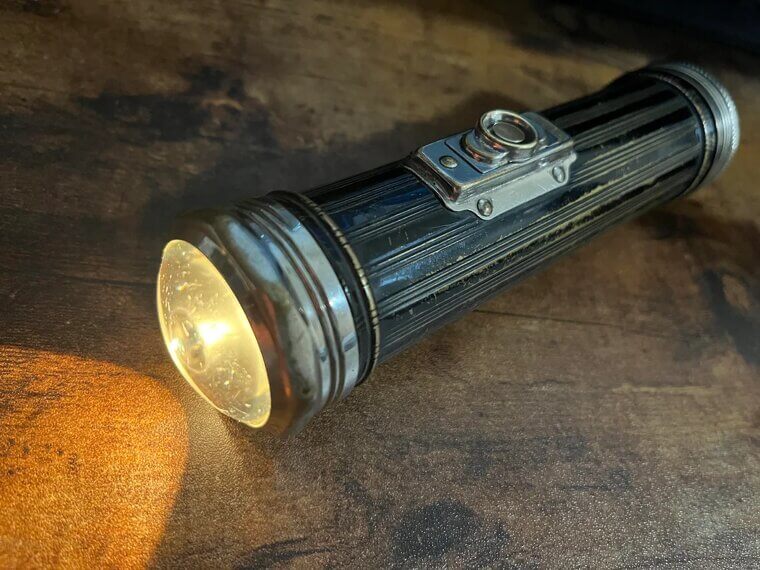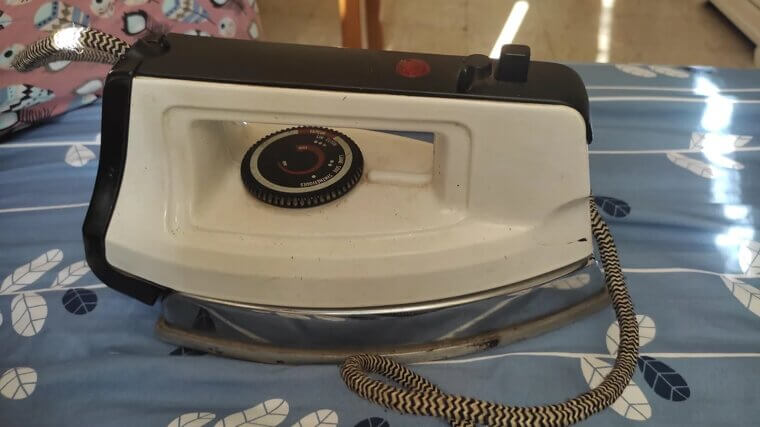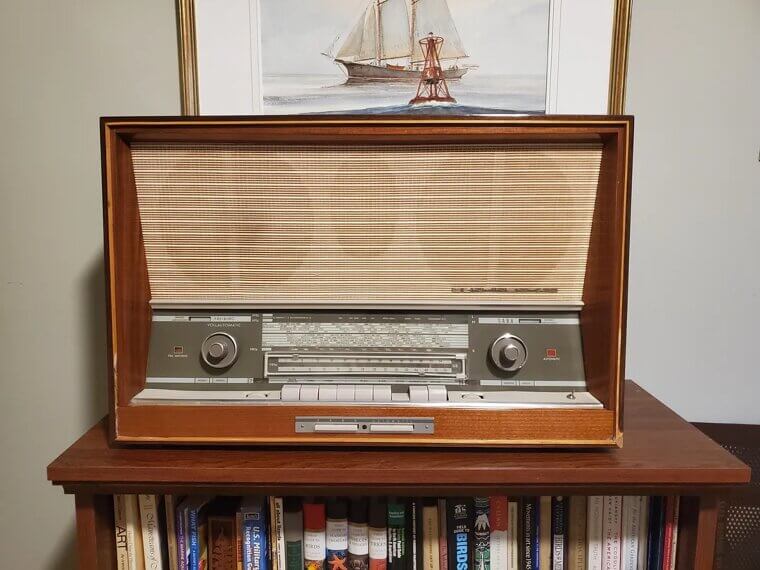The Black and White Box Whisperer
Television sets were sacred, monolithic pieces of furniture, not a flat panel you hung up like some picture frame. If the picture went totally dark, you just needed a vacuum tube replacement or a couple of slaps on the back (only real people know this hack). These days, a slight bump will render your TV panel useless.
The Undying Toaster
Remember when a broken toaster didn't mean a quick five-minute scroll on Amazon? Nope. It meant Dad was in the garage, muttering about heating elements and risking a small shock. It was more a matter of principle rather than convenience.
The Humble Pocket Knife
Why buy a new knife when the one you had just needed a little... zen moment? Pocket knives and hand tools were not disposable implements; they were investments that were regularly sharpened, oiled, and rehandled with a stone.
Clothes
These days, when you snag your favorite jeans, your first thought is "Time for a new pair.” Their first thought? Pull out the darning needle. Socks were darned, torn jeans were patched. The resulting garment might not have been much to look at, but it was loved and appreciated.
The Mighty Vacuum Cleaner
The vacuum cleaner was the unsung workhorse of the house, and when it started making that awful wheezing noise, it wasn't a death rattle. It was a maintenance request! New belts, motor brushes, maybe a quick internal exorcism, and the thing was good as new.
The mechanical ghosts of Christmas Past are calling.
The mechanical ghosts of Christmas Past are calling.
The Agony of the Re-Sole
Taking worn shoes to get them re-soled or re-heeled was an act of economic discipline. The shoes weren't replaced until they were literally paper-thin. Feels weird compared to now, where we line up at midnight for the next "drop."
The Zen Art of the Zipper Swap
Oh, the humble broken zipper. This one still stings. Broken zippers meant the entire garment could be saved by simply replacing the zipper. It's the ultimate "reduce, reuse, repair" mantra. If you didn't know someone who knew how to sew in a new zipper, were you even living?
The household repair saga continues...
The household repair saga continues...
The Enduring Typewriter
Listen, the Typewriter wasn't just a relic; it was a beast of mechanical engineering. These things kept going for decades with basic care that involved a ribbon change, key realignments, and perhaps some oiling to keep the carriage gliding.
Vinyls
Vinyl records weren't something you casually streamed. People valued them because they had been carefully selected and curated, and as such, demanded respect. You didn't replace them because they sounded dull; you cleaned and flattened them.
The Garden Hose
This one is peak Dad energy. If the garden hose sprang a leak, you didn't just chuck 50 feet of rubber and order a new one. You replace the washers. Patch the splits. Add new nozzles. That hose had life left in it, and it could not be wasted.
Do flickering lights make you nervous?
Do flickering lights make you nervous?
Rewiring the Lamp
What do you do when a light flickers out in your house today? That's an excuse for an aesthetic upgrade, right? But back then, if a lamp stopped working, they actually fixed the socket. All they did was take it apart, rewire it, and then put it back together.
The Ever-Living Watch
Battery change and full mechanical cleaning are probably not the first things that come to mind when you think of watches. Back in those days, they were not just timepieces or things to flex, but something you maintained and cared for.
We don’t even have actual alarm clocks anymore, do we?
We don’t even have actual alarm clocks anymore, do we?
Alarm Clocks
Alarm clocks of yore were serious business. All you needed to do was fix the springs, replace the gears, and clean the winders. Your parents treated alarm clocks like heirloom timepieces because, honestly? They were. Those things lasted forever if you maintained them properly.
The Power Drill Cord
Ah, the classic frayed cord. That’s a fire hazard and a trip to Home Depot today. But for our parents, a busted power drill cord was an opportunity. Brushes were replaced, and the cords were spliced. We have safety first. They had safety third! (Just kidding... mostly.)
The Sewing Machine
Seriously, the mid-century sewing machine was a sturdy metal beast, not a flimsy plastic gadget designed to fail before the warranty ran out. They were oiled, tuned up, and then passed down for generations. And if the belt snapped or the needle jammed, you fixed it with parts sourced from a dusty old hardware store.
Our parents even fixed glass frames…
Our parents even fixed glass frames…
The Eyeglass Frame
Yes, you read that right. Repairs. For an eyeglass frame. Losing or stepping on your glasses today means a tearful call to the insurance provider, but at that time, it meant getting creative with materials you had lying around.
Car Alternators and Starters
Today, you could just plug in a scanner and learn your car's life story. But back then, your parents' car was a series of interchangeable, fixable parts. If the car didn't start, the answer wasn't "call a tow truck." It was often a trip to the garage to get the alternator or starter rebuilt, not replaced.
The Radiator
A leaky radiator might seem like a death sentence for a car these days, but that wasn’t the case for the ultimate fix-it generation. The solution was often a patient and meticulous process that involved soldering the leaks.
Let's talk about that sofa in your living room...
Let's talk about that sofa in your living room...
The Re-Upholstered Sofa
When we get tired of our couch, we check Wayfair. When our parents got tired of their couch, they called the upholsterer to change the whole look. Sofas and chairs were covered with new fabric and padding. This meant that one piece of furniture could have about ten different personalities over two decades.
The Wobbly Chair
That rattling you hear when Aunt Mildred sits down? Totally fixable. Wobbly dining chairs were taken apart, reglued, and tightly screwed. There was also some wood filler tossed in if things got serious. Today, a chair wobbles, and we're already scrolling through IKEA's website for a replacement.
The Resurrected Dresser
A good dresser is a tank. Or at least it used to be. So when it would start looking a little sad and chipped, it wasn't relegated to the curb. Giving a piece of furniture a whole new life, a new shine, all without a single trip to IKEA, was the ultimate upcycle.
Childhood memories incoming…
Childhood memories incoming…
The Broken Toy
The ultimate act of parental love and repair: fixing the broken toy. Today, we chuck it and replace it with the next trending fidget device. Back then, whether it was plastic or wood, that little guy was glued, taped, or maybe even soldered back together.
The Lawn Mower
Back in the days when mower blades got dull, people didn’t sigh and immediately start researching electric, self-propelled versions. Instead, they spent Saturday morning sharpening the blades or, if things got truly dire, replacing the spark plugs.
The Cassette Player
Before Spotify and CDs, there were the mighty Cassette Players. If they started eating your favorite tape (which they did), you didn't trash them. You gave them new belts and the heads a serious cleaning. These things got serviced.
Photography was precious back in the day…
Photography was precious back in the day…
The Photographic Redemption
Cameras were expensive devices, not disposable phone accessories. And when they started acting up, they were taken for serious treatment: the film winding gears were repaired, the light seals were replaced, and the lenses were maintained regularly.
The Electric Fan
It was common for fans to get dusty, make weird noises, and stop oscillating. But that didn’t mean they could toss them! Our parents would take the fan apart, clean it, and then re-oil the motors. There are fans from the '70s that are still running in attics across America, probably.
Speakers
Back in the day, if your speakers sounded muffled, you didn’t just go and buy new ones. Speakers were built to last back in the day, and people made sure they did. The sound quality alone was worth the effort, and throwing away good magnets? Unthinkable.
Even a leather belt wasn’t spared…
Even a leather belt wasn’t spared…
Leather Belt
Even thinking about this sounds unusual, but people actually used to repair torn belts. Replaced holes. Stitched leather. Added new buckles. A good leather belt was a 10-year commitment at the least. Now we buy cheap belts and pray they last a year.
The Bicycle Tube
The absolute universal truth of childhood was the leaky bicycle tire. And surprise, surprise, the fix was never a new tire! It was the glorious, stinky ritual of patching the tube: a little rubber cement, a small patch, and twenty minutes of nervous waiting that was great for building character.
Wooden Handle Re-Edging
If the wooden handles broke or the metal edge dulled, they were refiled or given new handles. The metal head was fine, perfectly weighted, and possibly decades old. But you never threw it away. After all, Grandpa’s hammer was going to be your hammer someday.
Worn-Out Brooms
Our parents saw potential where we see trash, and even the most mundane household items deserved a second chance. A broom with frayed bristles wasn’t garbage, but rather a project. The broom kept sweeping, and nobody thought about it twice.
Think flashlights aren’t fixable? Think again.
Think flashlights aren’t fixable? Think again.
The Flashlight
Ah, the classic flashlight. When it went dim, the first step wasn't tossing it. It was checking the contacts and replacing the bulbs or lenses. If that still didn't work, maybe the batteries had expired. Why get rid of the body when it’s built to survive the apocalypse?
Record Players
Record players needed love! The needle and the belt were tiny, crucial pieces of mechanics that needed to be taken care of. New needles were cleaned regularly and adjusted to get that optimal sound. Unlike today, where we stream everything through $20 earbuds that we replace every six months.
The Iron
Whenever the Iron stopped heating, our parents wouldn’t get a new one. That would be too easy and wasteful. Instead, they opened it up, descaled the chamber, made rewirings if necessary, and voila! You had an iron that was reincarnated and ready to go.
The Radio
Burned-out tubes and crackling speakers were not, in fact, a death sentence. They would replace the tubes, resolder the connections, and clean up the static with some contact cleaner. The tabletop radio would come back to life, filling the room with music and news as if it never left.

